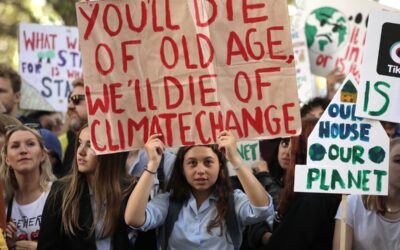Our second speaker: Bert Metz, the co-chair of the mitigation working group of the Intergovernmental Panel on Climate Change. Metz regaled us with various numbers about the affordability of climate mitigation before noting parenthetically that, um, the figures didn’t take into account the costs of damages.
An analysis showing that stabilising at lower greenhouse gas levels is more expensive, but that doesn’t make any assessment of the damages?
Er… hello?
What you don’t usually get told in these kinds of presentations is why the damage costs have been left out. The short answer: because the mitigation ‘experts’ all remember what happened with IPCC’s second assessment report, back in 1995. It wasn’t pretty…
What happened was that the IPCC asked the late David Pearce, an environmental economist, to do an integrated cost-benefit analysis on climate change: the costs of action, the costs of inaction. Good plan, right? Well, yes: except that he used a ‘willingness to pay’ methodology in valuing human lives lost to climate damages. And what this meant, essentially, was that fifteen people in the developing world were worth the same as one person in the developed world – because they were poorer.
And this looked like it might actually go through, until a big showdown at the 1st Conference of the Parties to the UN Climate Convention in April 1995. Aubrey Meyer of the Global Commons Institute alerted developing countries to what was happening (see here for GCI’s account).
The result: uproar. The Indian delegation rejected the analysis as “absurd and discriminatory” and urged everyone else to follow. A letter to Nature, signed by various scientists, called for the chapter to be dropped from the final Assessment Report; and ultimately, the offending analysis had to be rewritten. (See the New Scientist, Nature and Independent on Sunday coverage from the time.)
Developing countries blocked the report in full plenary, the lead authors had to go back to the drawing board and redo the analysis, and the report was six months late. And since then, no-one’s ever dared touch the value of life issue in IPCC assessment reports…



